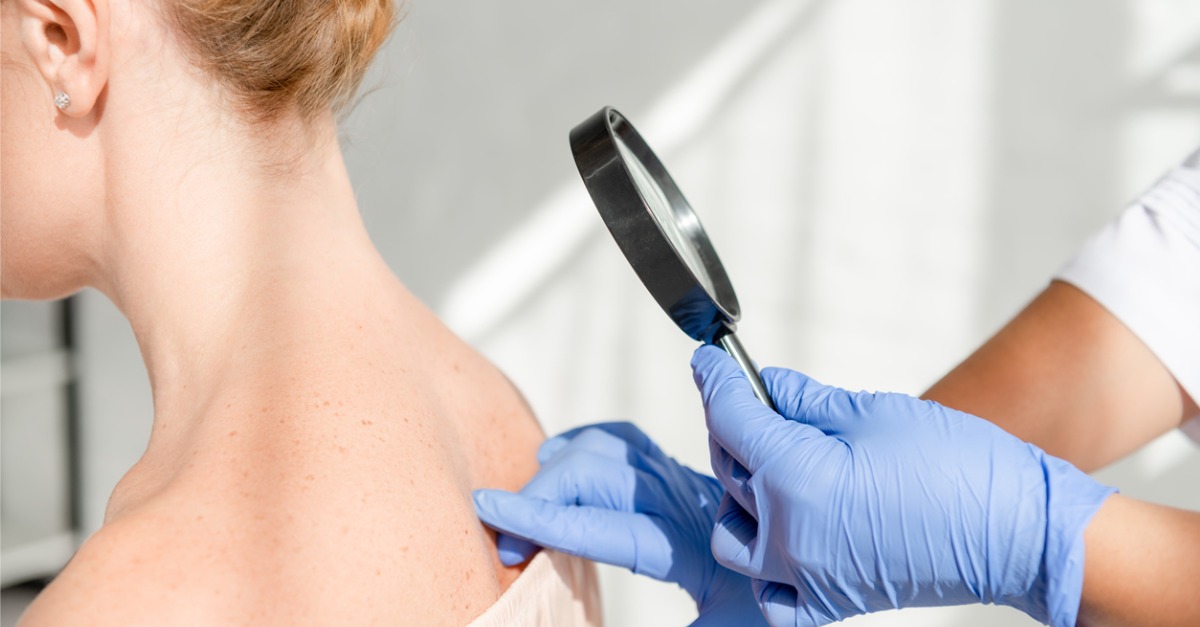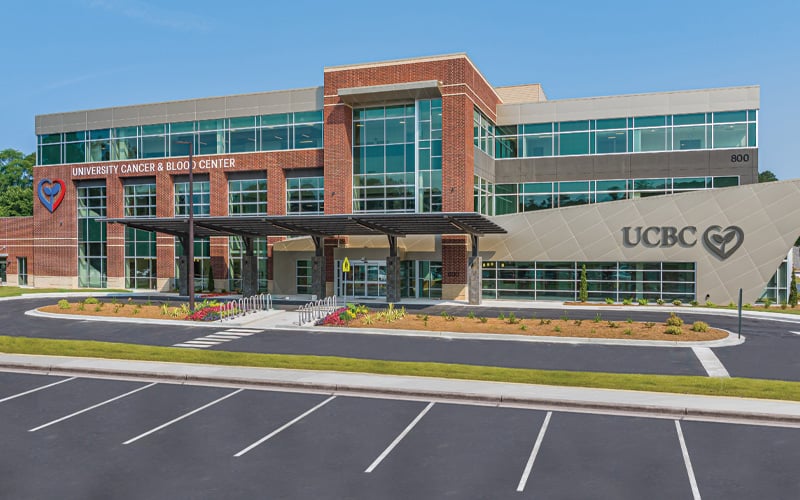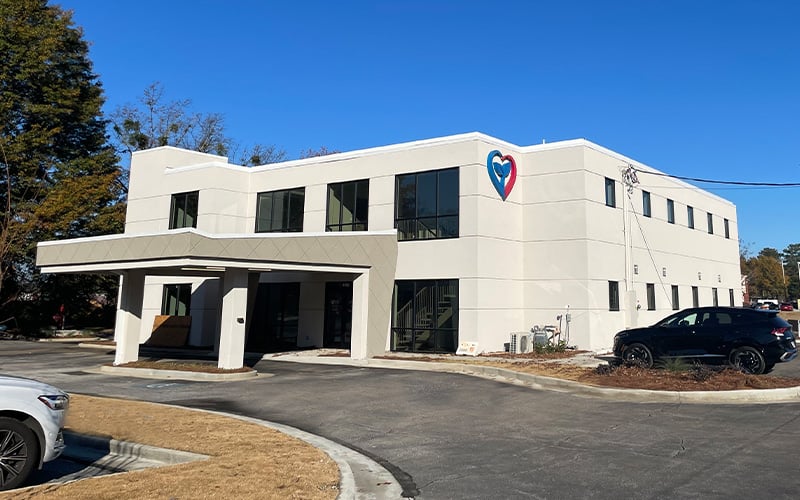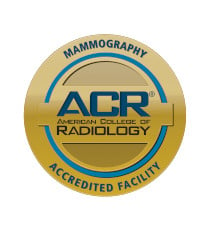Skin cancer is the most common type of cancer. Knowing the different types and symptoms that may indicate each will help you stay proactive about your health, since early detection often leads to the greatest range of treatment options and the best outcomes.
While there are several possible types of skin cancer, some are rare. Here’s a closer look into the three most common forms.
Basal Cell Carcinoma (BCC)
BCC is the most common form of skin cancer. It typically develops in people with fair skin, though people of any age or race can develop it. Typically, BCC appears as a flesh-colored growth, pink patch, or pearl-like bump. These signs of BCC can form anywhere on the body, but are most commonly found on the neck, arms, and head.
Most often, this type of skin cancer develops after intense indoor tanning or years of sun exposure. Early detection is important, since left untreated, BCC can grow deep into nerves and bones.
Squamous Cell Carcinoma (SCC)
The second-most common form of skin cancer, SCC is more likely to occur in individuals with light skin, though anyone can get it. It can appear as a scaly patch, a sore that continues to heal and reopen, or a red bump. These irregularities often develop on areas of your body that are most frequently exposed to the sun, including your face, chest, neck, and arms. Like BCC, this type of cancer can grow deep, but catching it early can prevent spreading.
In some cases we’ve seen SCC develop from precancerous growths known as actinic keratoses (AKs). AKs are caused by frequent UV exposure and can be removed to prevent them from turning into skin cancer. These skin abnormalities often appear as a rough, scaly patch that may bleed, itch, or burn, and can range in color from pink to red or brown.
Melanoma
Melanoma is the most serious form of skin cancer because it can easily spread to other places in your body. Melanoma may develop in a preexisting mole, or a new dark spot that forms on your skin. Due to the seriousness of this type of skin cancer, early detection and treatment are imperative. In addition to going for regular skin cancer screenings with a dermatologist, performing self-checks at home can help you look for signs of melanoma.
Most melanomas have distinct characteristics, which you can watch for by remembering the “ABCDE” checklist of signs:
- Asymmetry: Oftentimes, melanomas aren’t symmetrical, so one side will look different from the other.
- Border: The borders of melanomas are typically blurred, ragged, or notched, instead of having a neat line like many benign moles.
- Color: In many cases, melanomas have uneven colors. They may have varying shades of brown, black, tan, or even unusual coloring, like white, gray, pink, or blue.
- Diameter: A melanoma can be very small, but many are at least a quarter-inch wide. They also usually increase in size.
- Evolving: Melanomas are likely to change over weeks or months.
If you notice these or any other changes in your skin, don’t wait: schedule an appointment with a skin care specialist. Early detection could be life-saving, especially for the more aggressive forms of skin cancer.
Here at University Cancer & Blood Center, we’re committed to offering the best care for patients in a compassionate atmosphere. We offer a wide range of treatment options, including clinical trials. Get in touch to have your questions answered or to schedule an appointment by calling 706-353-2990.

















